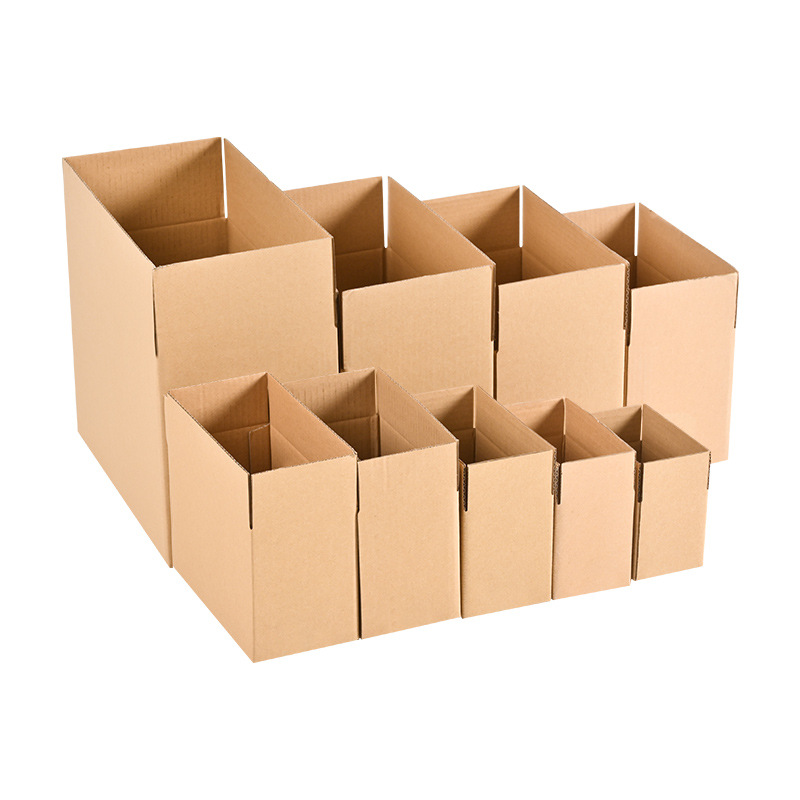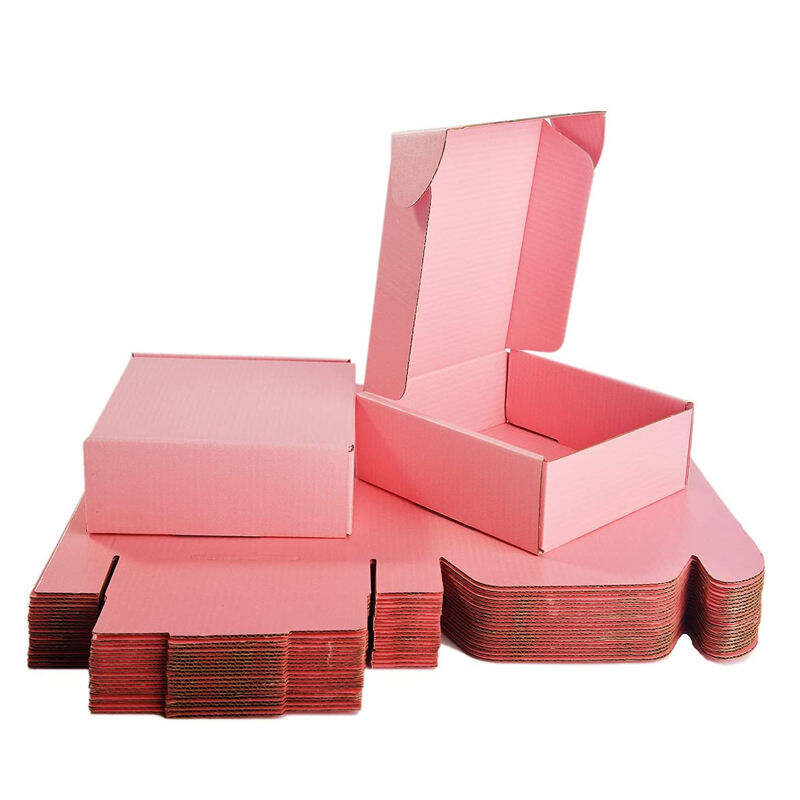The Enduring Legacy of Cardboard Packaging Solutions
In an era of rapid technological advancement and innovative materials, cardboard boxes remain the backbone of global shipping and packaging industries. These humble yet versatile containers continue to dominate warehouses, shipping centers, and retail operations worldwide, serving as a testament to their unmatched practicality and effectiveness. From small businesses to multinational corporations, organizations consistently rely on cardboard boxes to safely transport their products across local and international markets.
The significance of cardboard boxes extends far beyond their basic function as shipping containers. They represent a perfect balance of cost-effectiveness, sustainability, and functionality that few alternative materials can match. As global e-commerce continues to expand and environmental concerns take center stage, the role of cardboard boxes in modern logistics becomes increasingly important.
Environmental Benefits and Sustainability Features
Recyclability and Eco-friendly Properties
Cardboard boxes stand out as one of the most environmentally conscious packaging solutions available today. Made primarily from recycled paper materials, these boxes can be recycled multiple times without significant quality degradation. The manufacturing process of cardboard boxes typically involves using renewable resources and produces minimal waste, making them a sustainable choice for businesses committed to reducing their environmental impact.
The biodegradable nature of cardboard boxes further enhances their eco-friendly profile. Unlike plastic packaging alternatives, cardboard naturally decomposes when disposed of properly, contributing to reduced landfill waste. Many manufacturers now use water-based inks and adhesives in cardboard box production, ensuring that even the printing and sealing processes maintain environmental integrity.
Carbon Footprint Reduction
The lightweight nature of cardboard boxes contributes significantly to reducing transportation-related carbon emissions. When compared to plastic or metal containers, cardboard boxes require less fuel for shipping, thereby decreasing the overall carbon footprint of logistics operations. Additionally, their ability to be flat-packed when not in use optimizes storage space and further reduces transportation costs and environmental impact.
Cost-Effectiveness and Economic Advantages
Production and Material Costs
One of the primary reasons cardboard boxes maintain their position as essential packaging materials is their exceptional cost-effectiveness. The raw materials used in cardboard production are relatively inexpensive and readily available. Manufacturing processes have been refined over decades, resulting in efficient production methods that keep costs low while maintaining high quality standards.
The scalability of cardboard box production allows manufacturers to offer competitive pricing for both small and large orders. This flexibility enables businesses of all sizes to access appropriate packaging solutions without compromising their budget constraints.
Storage and Transportation Economics
The collapsible nature of cardboard boxes provides significant economic advantages in terms of storage and transportation. When not in use, these boxes can be broken down and stored flat, maximizing warehouse space efficiency. This characteristic also allows businesses to order larger quantities of boxes while minimizing storage costs, often resulting in better bulk pricing and reduced long-term expenses.

Versatility and Customization Options
Size and Style Variations
Cardboard boxes offer unparalleled versatility in terms of size, shape, and design options. Manufacturers can easily create custom dimensions to accommodate specific product requirements, ensuring optimal protection and efficient use of space. From small jewelry boxes to large appliance packaging, cardboard can be engineered to meet diverse shipping and storage needs.
The variety of cardboard box styles available includes regular slotted containers, die-cut boxes, telescoping designs, and specialty packaging solutions. This wide range of options allows businesses to select the most appropriate packaging format for their specific products and shipping requirements.
Branding and Marketing Opportunities
Modern printing technologies have transformed cardboard boxes into powerful marketing tools. High-quality graphics, logos, and brand messages can be easily printed on cardboard surfaces, turning ordinary shipping containers into mobile advertisements. This dual functionality as both protective packaging and marketing material provides additional value to businesses looking to enhance their brand presence.
Protective Properties and Durability
Structural Integrity
Despite their lightweight nature, cardboard boxes offer remarkable structural integrity when properly designed. Multiple layers of corrugated material provide excellent cushioning and protection against impacts during handling and transportation. The air pockets within corrugated cardboard act as natural shock absorbers, helping to prevent damage to contained items.
Advanced engineering in cardboard box design has led to innovations in stack strength and crush resistance. Modern cardboard boxes can support significant weight loads while maintaining their protective properties, making them suitable for various shipping and storage applications.
Weather and Temperature Resistance
Contemporary cardboard boxes often feature specialized treatments and coatings that enhance their resistance to environmental factors. Water-resistant options help protect contents from moisture damage, while temperature-controlled shipping boxes maintain optimal conditions for sensitive items. These adaptations have expanded the utility of cardboard boxes across diverse industries and shipping conditions.
Frequently Asked Questions
How long can cardboard boxes be reused?
Cardboard boxes can typically be reused multiple times, depending on their condition and handling. With proper care and storage, a single box can be used 3-4 times for shipping purposes. However, it's important to inspect boxes for damage before reuse and ensure they maintain their structural integrity.
Are cardboard boxes truly environmentally friendly?
Yes, cardboard boxes are considered highly environmentally friendly. They are made from renewable resources, are completely biodegradable, and can be recycled multiple times. The recycling process for cardboard is well-established globally, making them one of the most sustainable packaging options available.
What makes cardboard boxes more cost-effective than plastic alternatives?
Cardboard boxes offer superior cost-effectiveness due to lower production costs, efficient storage capabilities, and reduced shipping weights. Their ability to be purchased in bulk, stored flat, and recycled multiple times contributes to long-term cost savings for businesses. Additionally, the rising costs of plastic production and environmental regulations make cardboard an increasingly economical choice.



